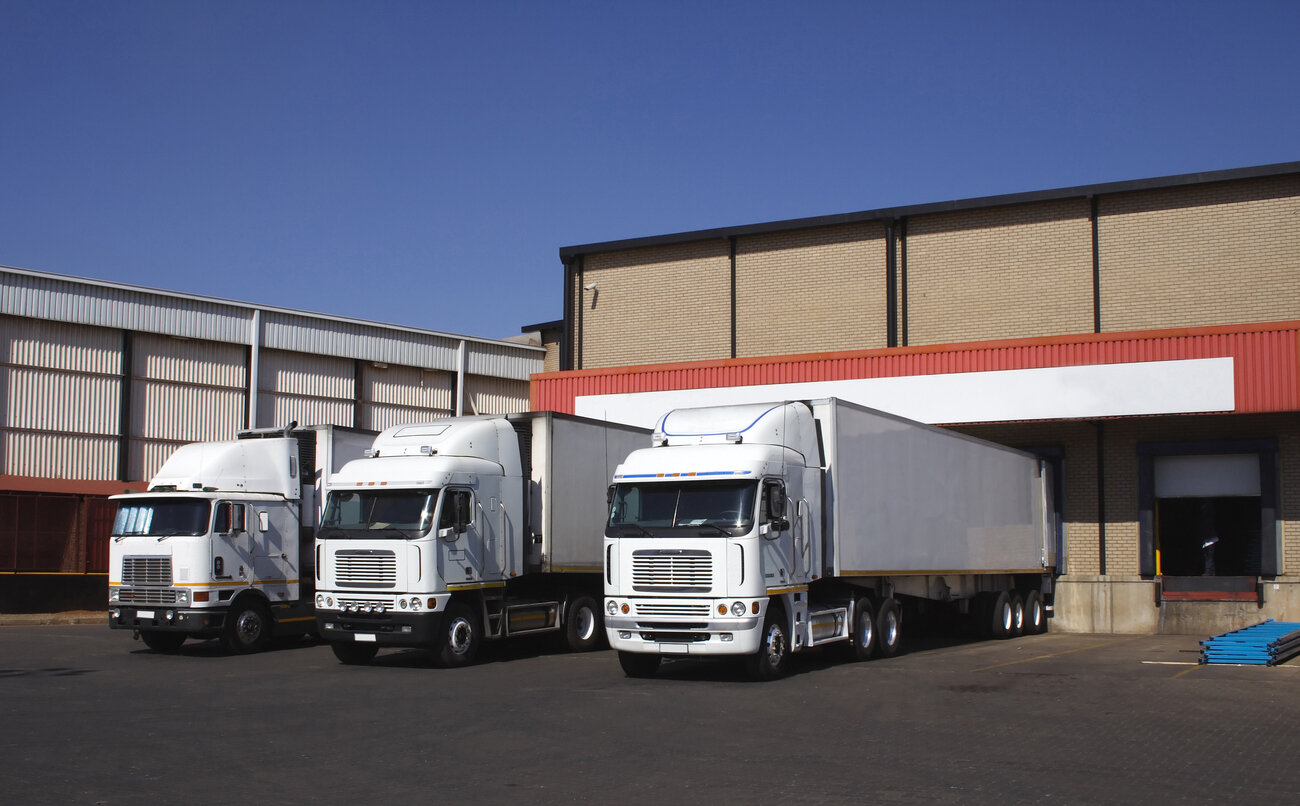6 Things Today’s Customers Expect From Carriers 4/1/24
In the age of e-commerce, customers want rapid shipping without a hefty price tag. Smart logistics operators know how to leverage data to provide this.
Data and customer service are often seen as separate elements of the shipping process. However, by considering the two in tandem, business owners can strategize logistics processes that fill in gaps in the supply chain to deliver a seamless consumer experience.
In the competitive world of e-commerce — where Amazon has long reigned as the champion of convenient, quick, free shipping — it is more important than ever to account for the demands of the modern-day customer.
These demands are often driven by technology. By using tools such as automation and machine learning, shippers can offer better customer service with the data that is already available to them. The ultimate goal of doing so is not only to meet customer expectations but to do so in a cost-efficient manner.
Once again, technology provides the solution to both challenges.
In this article, we will discuss six things that customers expect from shipping, and how a data-driven logistics strategy can make this happen:
-
Expedited shipping options
-
Low- or no-cost delivery
-
Transparency
-
Live updates throughout the shipping process
-
Accurate timeframe
-
Flexibility in delivery location
-
How actionable data and logistical analysis enable these goals
1. Expedited shipping options
The keyword here is options. Customers expect a range of choices when it comes to shipping — and they want all those choices to get their items to them quickly. Customers expect a reasonably fast shipping option (i.e. Amazon Prime free two-day delivery) and an ultra-fast option, such as one-day delivery. Some customers are even willing to pay for same-day delivery or delivery within a few hours.
2. Low- or no-cost delivery
Customers also expect a range of options when it comes to shipping price. This includes a free option, a flat-rate option, and an expected option. Business owners should not get so caught up in customer obsession with free delivery that they neglect those who are willing to pay for overnight delivery and other fast options.
3. Transparency
Customers want to know when they can expect a shipment before they actually press the button that completes the transaction. A website should always list this information as clearly and accurately as possible in order to manage customer expectations. Live data helps ensure that shipping costs and delivery date estimates are truthful.
4. Live updates throughout the shipping process
The customer service process does not end after the consumer places an order. The point in the transaction between purchase and fulfillment is crucial for generating a loyal customer base.
Automated communication is essential here. Customers expect updates whenever a shipment moves, including notifications that an order has been received and shipped, and additional notifications every time it is scanned along the way.
While these updates are typically sent via email, businesses can also offer opt-in text message updates that include links to more detailed tracking.
5. Accurate timeframe
Technology should adjust to consistently update delivery times as needed. Today’s customers don’t just want to know what day they can expect a shipment; they want to know what time they can expect it by. Offering even a window of time such as “by 6 p.m.” goes a long way towards meeting this need.
6. Flexibility in delivery location
While the main delivery destination may be a customer’s home or business, acknowledgment of alternate delivery options is also a desirable feature. Some customers may want the option to have a delivery sent to a locker or retail location for pickup. Automation can facilitate this and ideally should be available to redirect a shipment that has already moved from the warehouse.
How actionable data and logistical analysis enable these goals
While there’s no substitute for real, live, human customer service on the other end of the phone or via social media, data plays an equally powerful role in rising to meet the expectations of consumers in the digital age. In some cases, businesses have even used technology to simulate possible events in order to predict the effect they would have on the supply chain. Shippers should use machine learning and automation to forecast buying trends, shipping timelines, and to identify supply chain risks. By utilizing real-time data analysis, you can provide transparency to customers and make smarter decisions to save costs.
If you are curious about how you can save money on shipping costs while leveraging automation towards a more transparent relationship between 3PLs, carriers, and shippers, Resource Logistics Group can assist with pricing and analysis on LTL and FTL shipments. To learn more or to set up a free benchmarking analysis, contact Resource Logistics Group.



